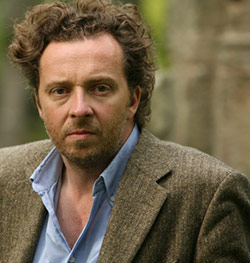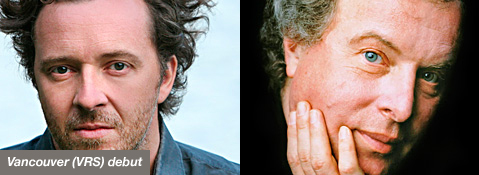Tag: Andras Schiff
-
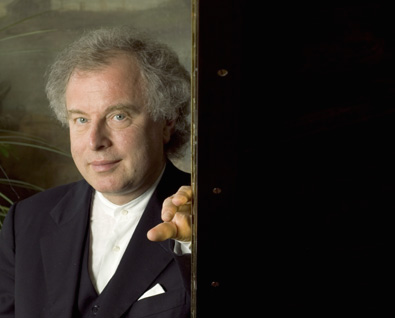
PROGRAM NOTES: ANDRAS SCHIFF PERFORMS BACH
J. S. Bach: Well-Tempered Clavier One of the monumental landmarks in the history of music, Bach’s Well-tempered Clavier (the WTC for short) has come to represent the “Old Testament” of the pianist’s repertory (Hans von Bülow) and his “daily bread” (Robert Schumann). “For more than 250 years,” states Davitt Moroney, “Das wohltemperierte Clavier has…
-
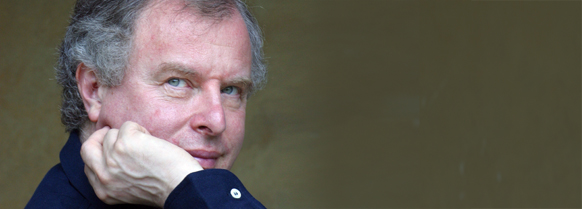
ANDRÁS SCHIFF: ON PLAYING BACH AND THE WELL-TEMPERED CLAVIER
Senza pedale ma con tanti colori (Without the pedal but with plenty of colours) Playing J. S. Bach’s keyboard music on the modern piano, pianists are confronted with various fundamental questions. The answers to these are never simple. For example: what is the “correct” instrument for the Well-Tempered Clavier? The clavichord, the harpsichord, the organ,…
-

SOME THOUGHTS ON OUR UPCOMING 12-13 SEASON
Today we want to share with you a few thoughts and facts about our recently announced 2012-2013 season: UP FIRST: On October 5 András Schiff will open the 33rd season with an all-Bach program. In fact, András was one of the first artists who launched the Vancouver Recital Society in 1981. Like so many…
-
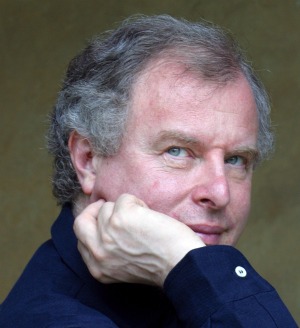
LEILA GETZ: WHY I LOVE ANDRAS SCHIFF
Yesterday I watched a video on the VRS YouTube channel featuring pianist Shai Wosner playing the concluding portion of Schumann’s “Carnaval”. I enjoyed it very much. As the video concluded, another video on the YouTube sidebar caught my eye: András Schiff playing the Andantino from Schubert’s Sonata in A Major, D959. I clicked on it…


